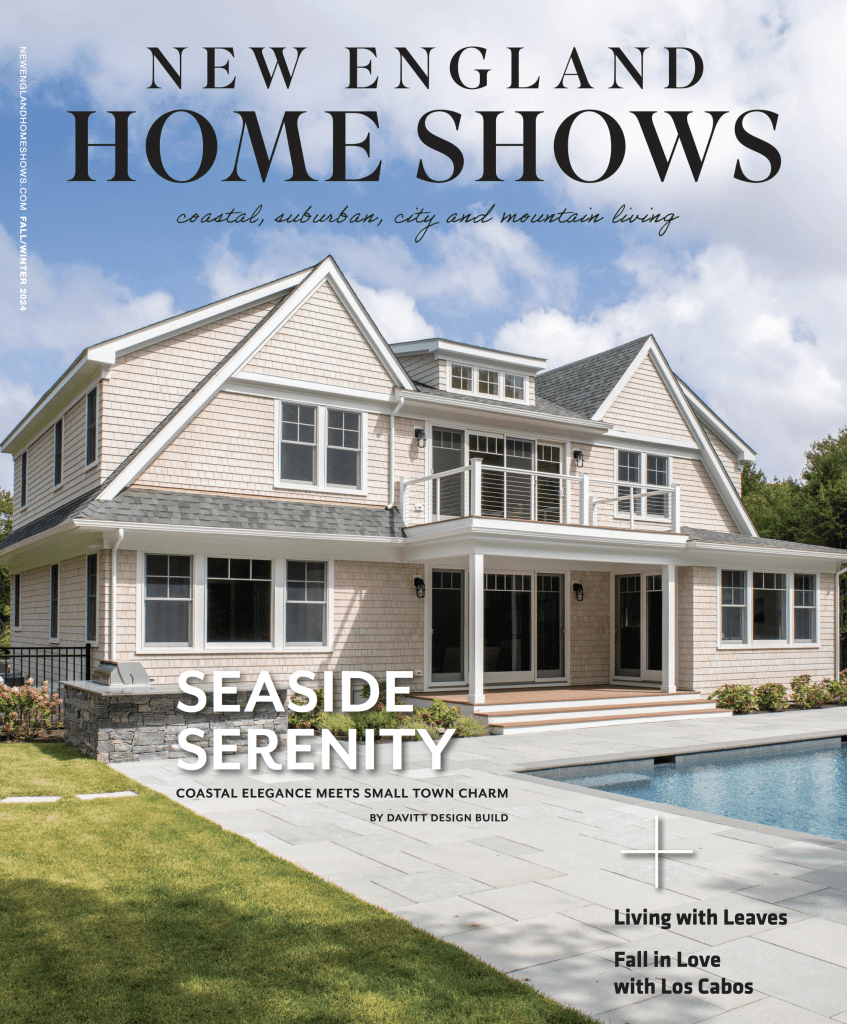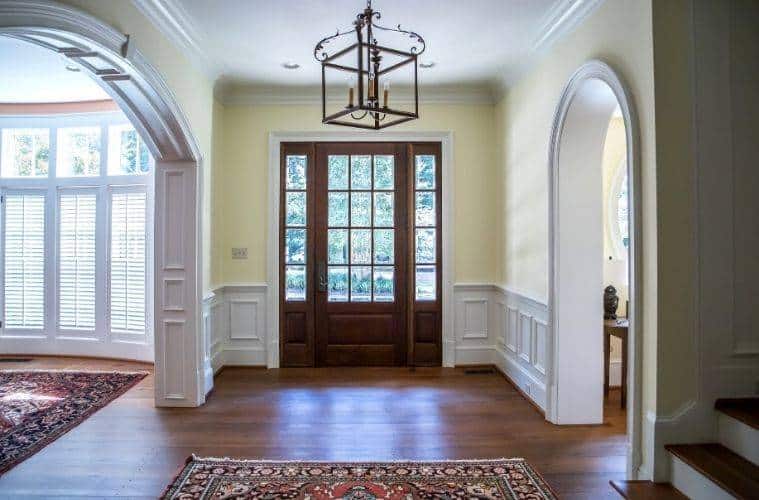If you’re planning on remodeling your home, you might be considering updating the trim, either in one room or multiple. Trim is a type of millwork that’s used on walls for both practical and decorative purposes. You’ve probably heard of certain types of trim before, such as crown molding or baseboard trim, but there are more options available than just those two. By picking out the right kind of trim, you can enhance your room’s natural beauty, protect the walls from damage, and boost your home’s value. In this guide on the types of trim you need to know, we’ll explain what different types of trim look like and what their functions are so you can narrow down the choices for your next home improvement project.
Crown Molding
It’s the type of millwork we all know and love. Crown molding is typically installed where the wall meets the ceiling. If you use ornate molding, it can make the room appear more formal. You can also get molding with a simple design, which will make the ceilings appear taller without giving the room an overly ostentatious appearance.
Cove Molding
They might seem similar, but cove molding isn’t the same as crown molding. Traditionally, both types of molding are installing where the wall and ceiling meet. Unlike crown molding, however, cove molding can be on both top and bottom corners. In essence, cove molding is a less ornate version of crown molding. If you want something that serves a similar purpose to crown molding, but isn’t as noticeable and luxurious, you can use cove molding as an alternative.
Baseboard Trim
If you’re planning on installing crown molding, you might also want to consider its counterpart: the baseboard trim. The baseboard trim installing happens where the wall meets the floor. It can protect your wall from kicks, abrasion, and scuffs from furniture, giving it a practical purpose instead of solely a decorative one. Most baseboard trims will be partially covering by furniture, which means they’re less obvious than crown molding, as well as much plainer. For some, this simplicity can be a benefit. For others, it’s a glaring downside.
Chair Rail
Another one of the types of trim you need to know is the chair rail. If you want a trim that’s more on the practical side, a chair rail could be the perfect option. This type of trim keeps chairs and other furniture from bumping into the wall and damaging it. Because it can help protect the wall from bumps, scrapes, and dents, you’re more likely see this type of trim in rooms that see a lot of traffic, such as dining rooms and living rooms. Since chair railing is often accompanied with paneling, you can use it as an excuse to purchase the beautiful wood, tile, or shiplap paneling you were admiring in the home improvement store.






















